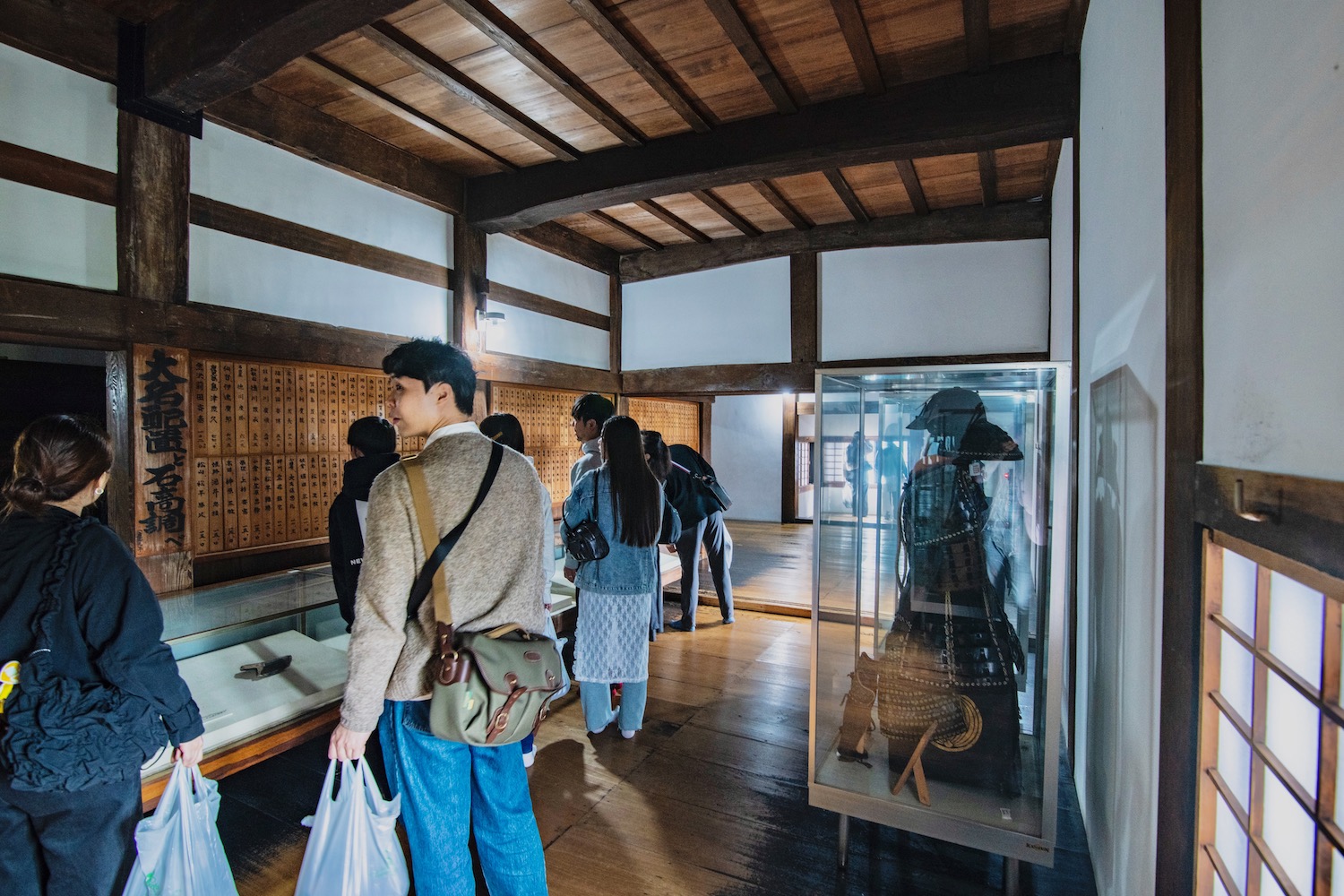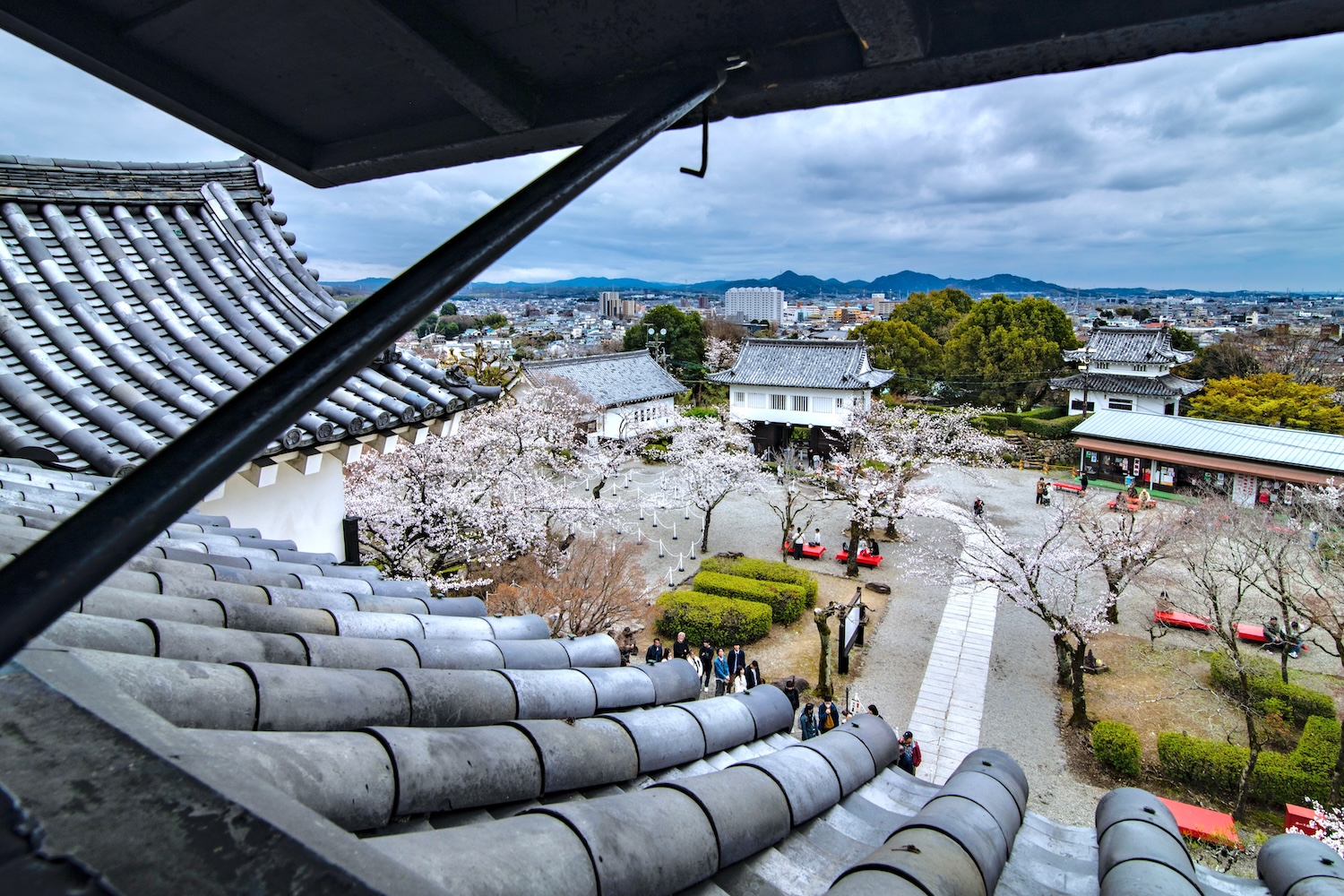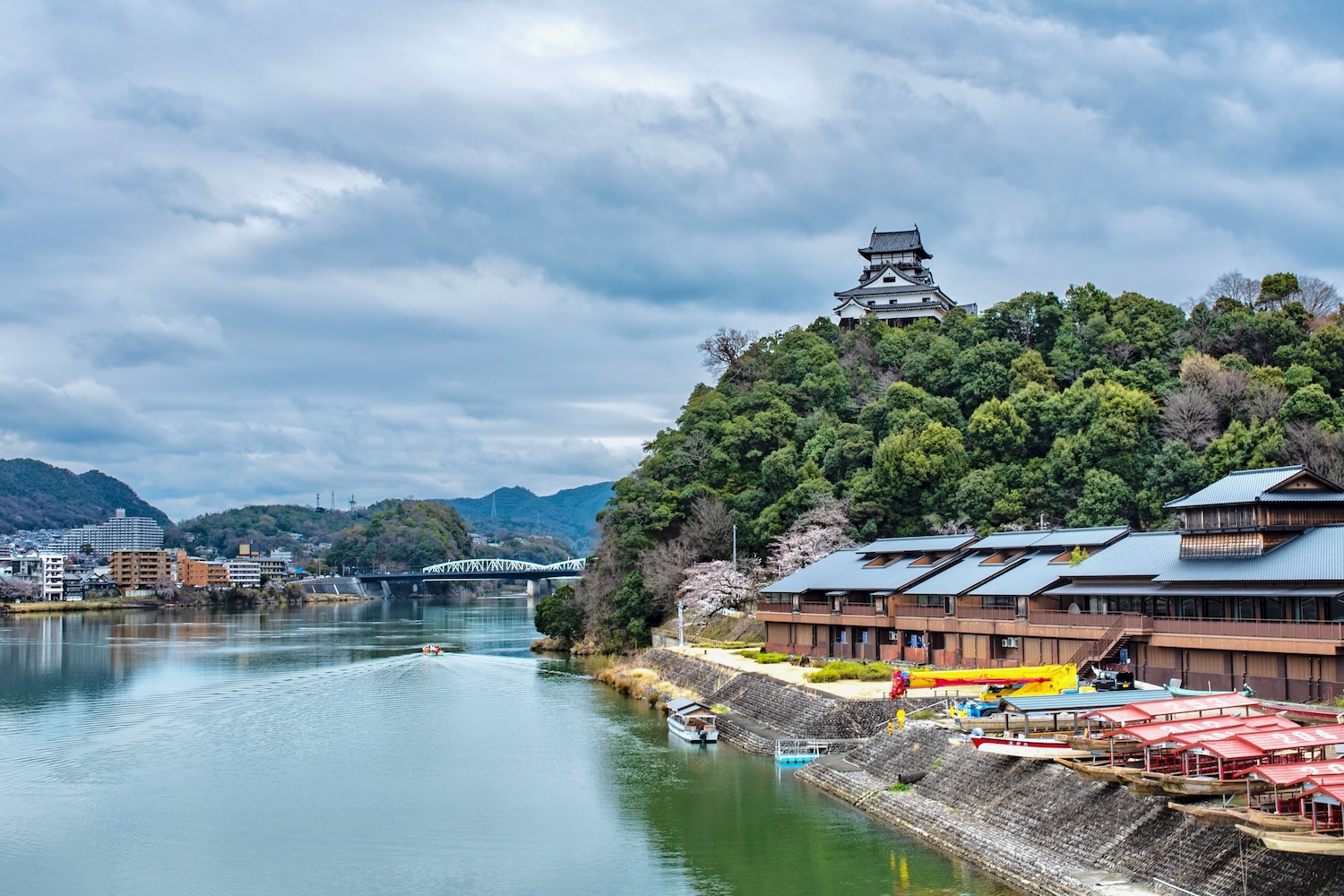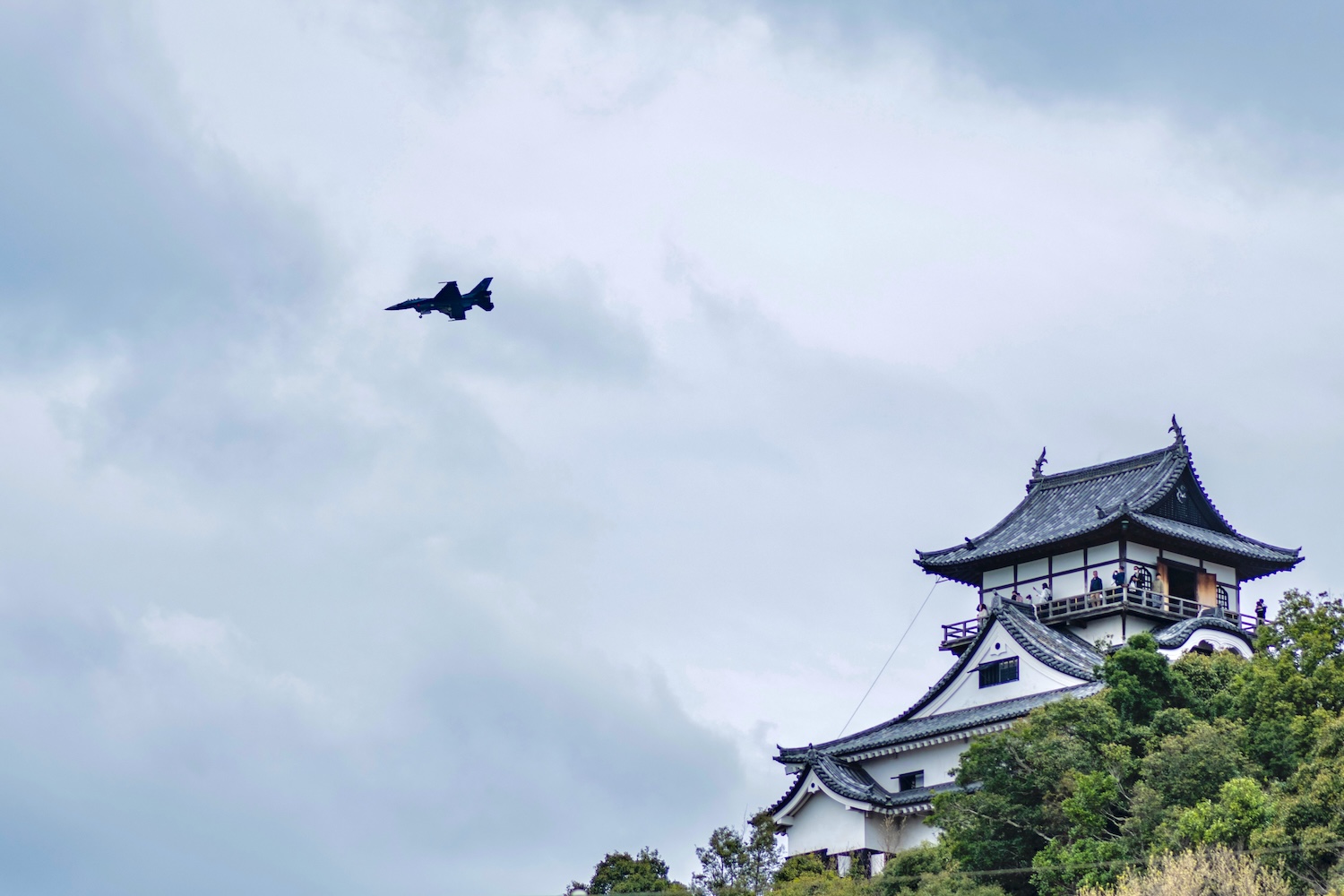As you’ll know if you’ve read this blog for any length of time, I’ve spent many years visiting all of Japan’s 12 original castles. I completed this task recently (relative to when I’m writing this post), having visited my “last” castle in April 2025.
My last, but Japan’s first: Inuyama-jo, located north of Nagoya in an otherwise unremarkable part of Aichi prefecture, is by most accounts the oldest surviving of Japan’s original castles. The current tenshu, or keep, was built in 1537, a full century before those of many more popular castles.
The good news? Inuyama Castle more than lived up to whatever hype I built up around it, even though my trip there was literally a decade in the making. The better news? It’s extremely easy to follow in my footsteps.
Why So Many Tourists Miss Inuyama
As I foreshadowed in the intro to this piece, an Inuyama Castle day trip is an easy thing to achieve if you’re already in Nagoya. The problem? For valid reasons and irrational ones, many tourists skip Nagoya, and the Tokai region of central Japan in general. As a result, they aren’t anywhere near Inuyama, which suddenly makes this spot right off Japan’s tourist trail seem as if it’s off the beaten path.
Now, I’ve already shared my opinions about Nagoya (good and bad) on this blog extensively; I won’t re-litigate the issue in detail here. What I will say is that Nagoya isn’t a bad place to stay for a couple of days. This is especially true if you can work remotely, using a VPN in Japan to keep your data private as you spend your evenings answering emails, completing projects and reflect on the exploring you’ve done during the day.

How to Organize Your Inuyama Castle Excursion
Get to Nagoya (if you aren’t there already)
Although there are some hotels in Inuyama, the vast majority of travelers will go here on a day trip. If you aren’t staying in Nagoya, ride a Shinkansen to Nagoya Station—it’s about 30 minutes from Kyoto and two hours from Tokyo—in order to begin your journey to Inyuama.
Transfer to the Meitetsu Line
The next step of your Inuyama itinerary? Follow the signs to the Meitetsu Line, a private railway whose station is about 10 minutes away by foot from the Shinkansen platform. You’ll want to board a northbound train, ideally a Limited Express, though a Local train is fine if you don’t mind a slightly longer journey.
(But ride it to Inuyama-yuen)
Although you can get off at Inuyama Station, the closest station to Inuyama Castle is Inuyama-yuen Station. The question is whether you want to make a beeline directly for the castle, or whether you want to walk through Inuyama-jokamachi, the “castle town” that extends southward from it.
Leave time for lots of walking
Indeed, when it comes to what to do in Inuyama, you can plan on getting a lot of steps. Both stations are at least 15-20 minutes away from the castle, where you’ll need to scale a large staircase in order to reach the ticket office. You’ll need to climb up several more flights of stairs once you’re inside the tenshu.
(Including over the Kiso River)
As you’ll see from the top of the castle, both the Kiso River and the mountain ranges all around Inuyama are impossibly scenic. By going north of the castle to the waterfront (whether or not you actually cross the river), you can gain a different perspective on all of it.

Is Inuyama Castle Worth Visiting?
My visit to Inuyama Castle would’ve been meaningful even if I hadn’t absolutely loved it. Inuyama-jo, as I mentioned earlier in this post, was the last of 12 original castles in Japan that I visited. Conditions, to be sure, were not optimal, with a thick blanket of clouds overhead. Still, I approached the tenshu optimistically and with pep in my step: A near-perfect bloom of sakura framed the tower.
On the other hand, my journey from Nagoya to Inuyama Castle had been extremely easy, and I was coming off a wonderful few days road tripping through Shikoku island. Moreover, fighter jets (which had taken off from Nagoya’s Komaki Airport) would occasionally fly over the ancient towering, lending a surreal aspect to the entire experience. This is to say nothing of the incredible view from the top of the castle!

Other FAQ About Inuyama Castle
What is the oldest castle in Japan?
The oldest surviving castle in Japan is Inuyama Castle, located in modern-day Aichi prefecture. The castle, whose current keep was built in 1537, is one of 12 original castles in Japan. Others include Himeji Castle, Matsuyama Castle and Hirosaki Castle.
Why is the Inuyama Castle important?
Inuyama Castle is important, in the 21st century, because of how old it is: The existing structure was built in 1537, which makes it the oldest castle in Japan. Historically, the castle was deeply involved in the battles of Japan’s volatile “warring states,” or sengoku period.
What to see in Inuyama?
For the majority of tourists, seeing Inuyama Castle and the streets around it are more than enough to occupy a day trip from Nagoya. This is because you’ll need to walk over a kilometer each way to and from the nearest station; you’ll also spend time waiting in line to scale the tenshu, and of course exploring it.

The Bottom Line
Inuyama Castle is the oldest of Japan’s 12 original castles, and is impressive in its own right apart from that fact. Located just north of Nagoya, Inuyama-jo is an interesting enough place to justify spending a night in the oft-maligned hub of central Japan, presuming you were on the fence about doing so, or had even already decided against it. While Inuyama is especially famous for its spring season—the sakura here peak during the first week of April—there’s not a “bad” time to visit, so don’t worry too much about that. Need personalized help integrating Japan’s oldest castle into your next trip? Consider commissioning a custom Japan itinerary today!






